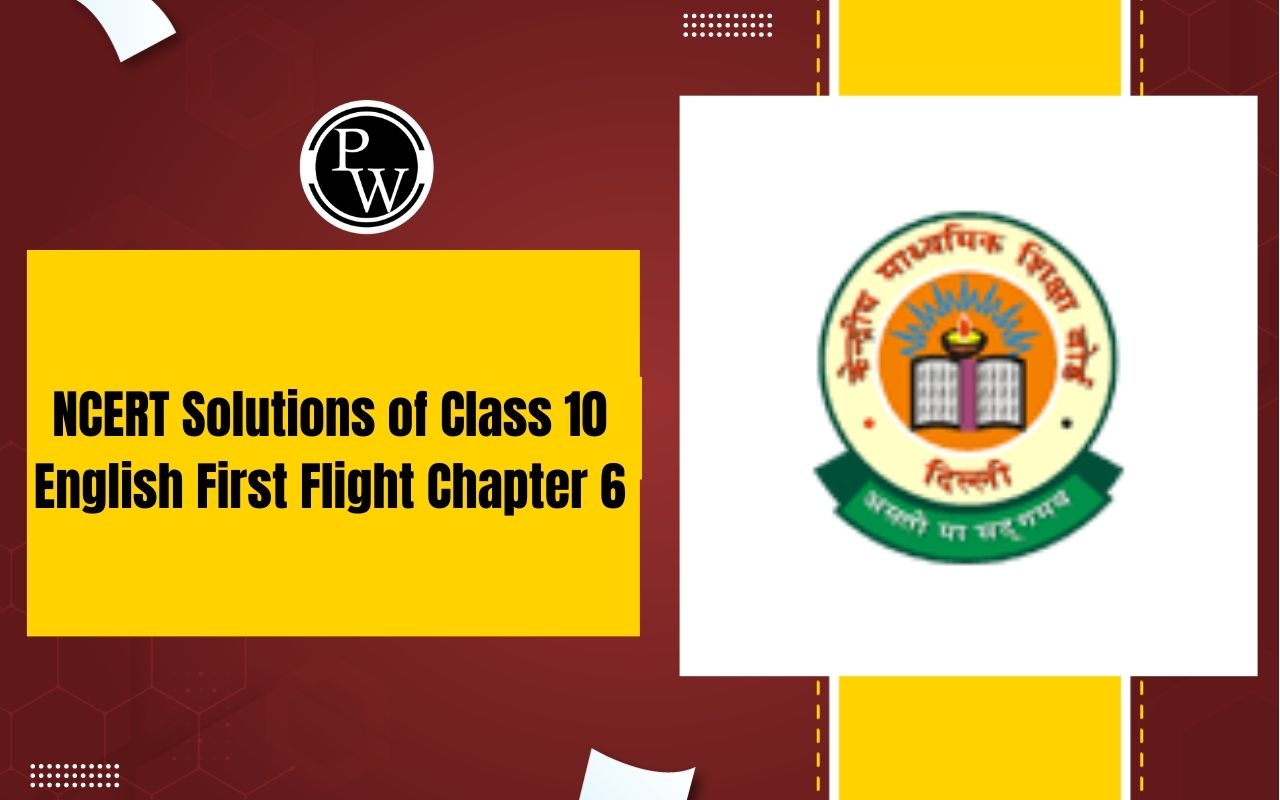
CBSE Class 10 Maths Notes Chapter 4: CBSE Class 10 Maths Notes Chapter 4: Quadratic Equations talks about a specific kind of math problem. Quadratic equations often involve variables squared, like x^2.
These notes explain how to solve these equations using different methods, like factorization or the quadratic formula. They also show how to draw graphs of these equations and understand their shapes. Studying these notes can help students get better at solving math problems and prepare for exams.CBSE Class 10 Syllabus 2024-25
CBSE Class 10 Maths Notes Chapter 4 Quadratic Equations PDF
CBSE Class 10 Maths Notes Chapter 4 FAQs
What is a quadratic equation?
A quadratic equation is a polynomial equation of the form ax^2 + bx + c = 0, where a, b, and c are constants, and a ≠ 0.
How do you solve a quadratic equation?
Quadratic equations can be solved using methods like factoring, completing the square, and using the quadratic formula.
What is the discriminant of a quadratic equation?
The discriminant, denoted by Δ (Delta), is a value calculated from the coefficients of a quadratic equation. It determines the nature of the roots of the equation.
What are the types of roots a quadratic equation can have?
A quadratic equation can have two distinct real roots if the discriminant is positive, two equal real roots if the discriminant is zero, or two complex roots if the discriminant is negative.
What is the standard form of a quadratic equation when the roots are given?
The standard form of a quadratic equation with roots α and β is (x - α)(x - β) = 0. Expanding this expression gives the quadratic equation in standard form.
🔥 Trending Blogs
Talk to a counsellorHave doubts? Our support team will be happy to assist you!

Check out these Related Articles
Free Learning Resources
PW Books
Notes (Class 10-12)
PW Study Materials
Notes (Class 6-9)
Ncert Solutions
Govt Exams
Class 6th to 12th Online Courses
Govt Job Exams Courses
UPSC Coaching
Defence Exam Coaching
Gate Exam Coaching
Other Exams
Know about Physics Wallah
Physics Wallah is an Indian edtech platform that provides accessible & comprehensive learning experiences to students from Class 6th to postgraduate level. We also provide extensive NCERT solutions, sample paper, NEET, JEE Mains, BITSAT previous year papers & more such resources to students. Physics Wallah also caters to over 3.5 million registered students and over 78 lakh+ Youtube subscribers with 4.8 rating on its app.
We Stand Out because
We provide students with intensive courses with India’s qualified & experienced faculties & mentors. PW strives to make the learning experience comprehensive and accessible for students of all sections of society. We believe in empowering every single student who couldn't dream of a good career in engineering and medical field earlier.
Our Key Focus Areas
Physics Wallah's main focus is to make the learning experience as economical as possible for all students. With our affordable courses like Lakshya, Udaan and Arjuna and many others, we have been able to provide a platform for lakhs of aspirants. From providing Chemistry, Maths, Physics formula to giving e-books of eminent authors like RD Sharma, RS Aggarwal and Lakhmir Singh, PW focuses on every single student's need for preparation.
What Makes Us Different
Physics Wallah strives to develop a comprehensive pedagogical structure for students, where they get a state-of-the-art learning experience with study material and resources. Apart from catering students preparing for JEE Mains and NEET, PW also provides study material for each state board like Uttar Pradesh, Bihar, and others
Copyright © 2025 Physicswallah Limited All rights reserved.









